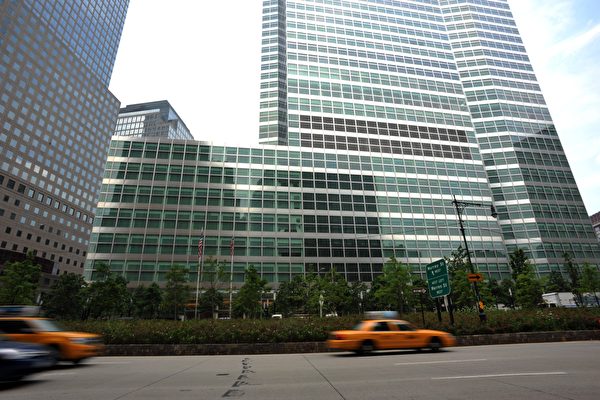Goldman Sachs has revised down the probability of a recession in the United States, as recent data does not show signs of an imminent economic downturn.
Earlier in August, Goldman Sachs raised the probability of a US economic recession from 15% to 25% due to the previous month’s unemployment rate hitting a three-year high.
According to Reuters, Jan Hatzius, the chief economist at Goldman Sachs, stated in a report on August 17 that, “We are now reducing the probability from 25% to 20%, mainly because the data released since August 2nd did not show signs of a recession.”
The report mentioned, “Continued expansion will make the US look more like other G10 economies, where the Sahm rule – an indicator of whether the economy is heading into a recession – remains unchanged in less than 70% of the time.”
After incorporating July’s unemployment data, the Sahm rule indicator was updated indicating the possibility of the US slipping into an economic recession. For the US market, this indicator has only given two incorrect signals since 1959.
However, the creator of the Sahm rule, Claudia Sahm, cautioned against interpreting the current recession signal as valid, noting “unusual shifts” in the US labor market that could distort the accuracy of the indicator.
The latest data released on August 15 showed a decrease in the number of Americans applying for unemployment benefits compared to the previous week. Meanwhile, retail data indicated the largest increase in sales in a year and a half.
Hatzius mentioned that if the employment report for August is “quite good,” he may further reduce the probability of a US economic recession to 15%.
While Goldman Sachs lowered the probability of a recession, JPMorgan Chase raised its forecast.
In an article on August 15, JPMorgan Chase stated that the probability of a US and global economic recession starting before the end of 2024 had been raised from 25% in July to 35%.
Bruce Kasman, the chief global economist at JPMorgan Chase, noted, “Key elements of our growth forecasts are being challenged. Signals from the US suggest a softness in labor demand beyond expectations and early signs of labor market losses.”
He added, “The latest business surveys also indicate a weakening trend in global manufacturing and the eurozone, showing vulnerabilities in economic expansion expected this year.” Therefore, JPMorgan Chase kept the probability of a recession occurring by the end of 2025 at 45%.
Concerns about a US economic recession stem from the “Beige Book” released by the Federal Reserve last month. The report indicated signs of weakness in the US economy, including a decline in consumer spending and labor market softness.
The report stated that out of the 12 regions tracked by the Federal Reserve, five regions reported “flat or declining economic activity,” an increase of three regions from the previous report.
It also highlighted that, “Due to the upcoming election, domestic policies, geopolitical conflicts, and uncertainty about inflation, expectations for future economic growth over the next six months are slowing down.”
Steve Hanke, an applied economics professor at John Hopkins University, believes that an economic recession is imminent. In a Twitter post, he pointed out that the US money supply has been contracting since July 2022, adding that this is the fifth occurrence since 1913. He wrote, “Past contractions have led to three economic recessions and a depression; I expect the US to enter a recession by the end of 2024 or early 2025.”
Some experts speculate that the US may already be in a recession. In a recent paper, Pascal Michaillat, an economics associate professor at the University of California, Santa Cruz, and a colleague developed a new economic recession indicator.
These researchers stated that their indicator triggers earlier than the Sahm rule, providing a “better historical record” as it has perfectly identified all economic recessions since 1930. According to July 2024 data, their indicator stands at 0.5pp, indicating a 40% probability that the US economy is currently in a recession, suggesting the economic downturn may have started as early as March 2024.
However, at the same time, corporate executives seem to have more confidence in the strength of the US economy.
A survey conducted by The Confidence Board among 130 CEOs found that 30% of these executives anticipated a recession in the third quarter, lower than 84% from a year ago. “Most US CEOs no longer expect an economic recession in the coming year.”
Translated and rewritten for clarity and elaboration, the recent economic indicators and expert analyses paint a mixed picture of the US economy’s future amidst fluctuating probabilities of a recession.

